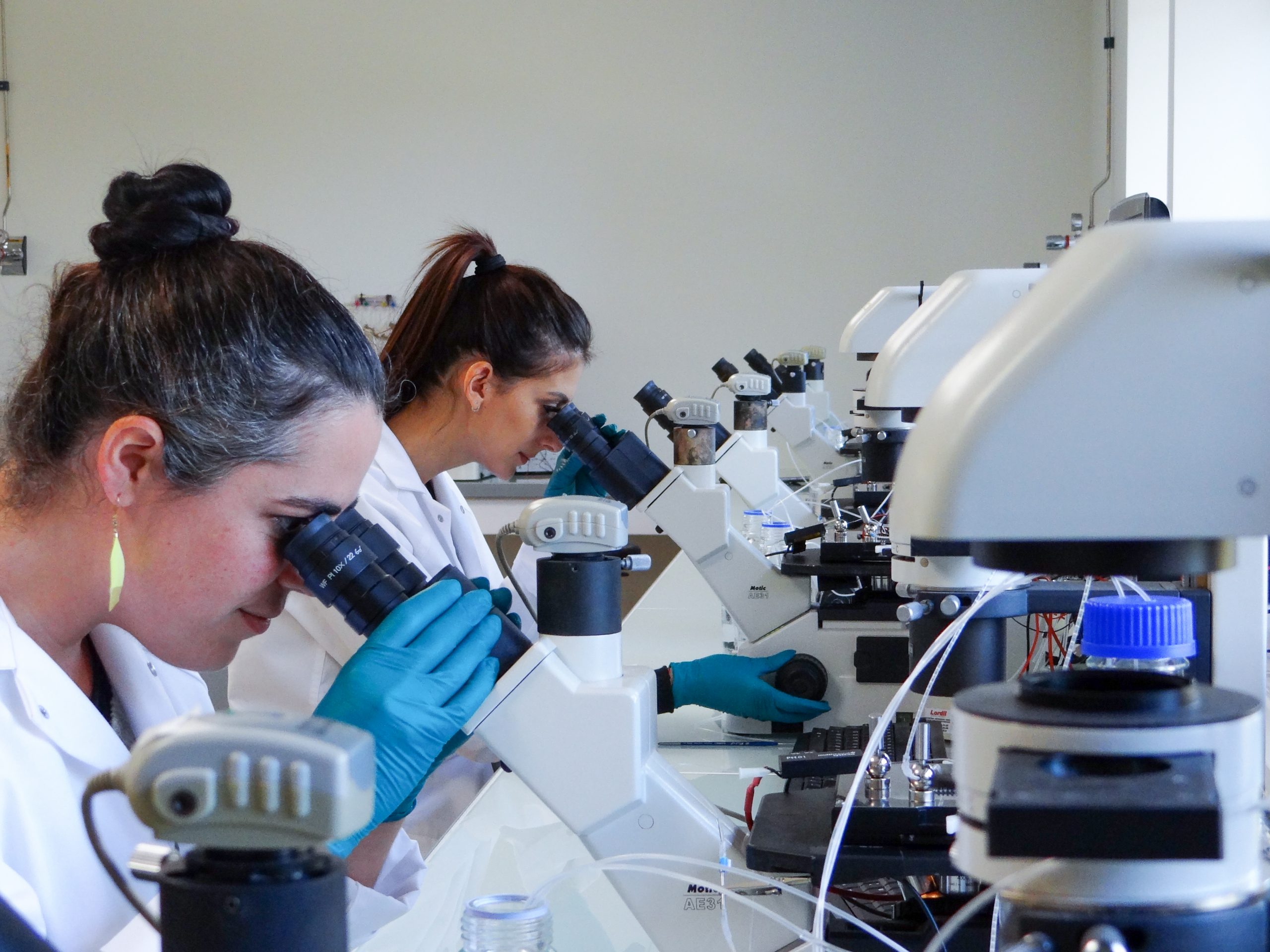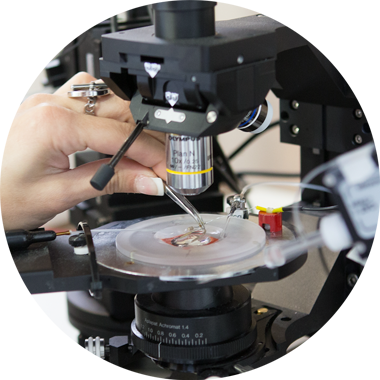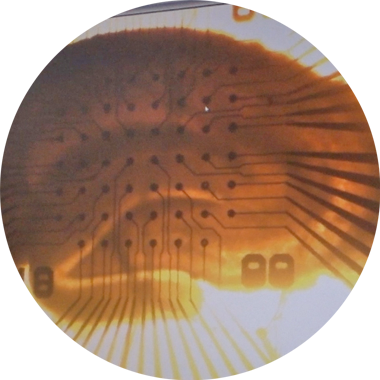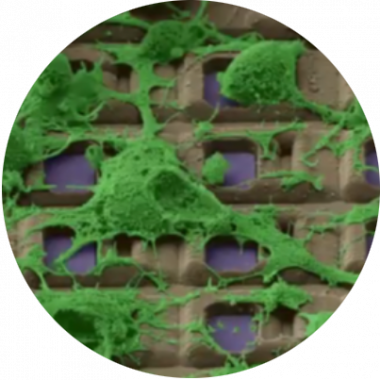
Based in Aix-en-Provence, France, our Brain Slice Electrophysiology platform is the global leader in in vitro slice electrophysiological assays for CNS and PNS pharmacology.
With over 17 years of experience, we specialize in Patch Clamp and Multi Electrode Array (MEA) and High-Density MEA recordings from acute brain and spinal cord slices.
Our expertise lies in designing, executing, and analyzing and interpreting complex electrophysiological/pharmacological protocols, providing functional data allowing decision making for CNS or Pain Drug Discovery programs.
Our slice electrophysiology experts have extensive experiences in Patch Clamp and Multi Electrode Array (MEA) recordings, allowing the determination of molecular effects on neurons and/or neuronal networks:
Our recording protocols include:
Our protocols allow documenting the profile of agonists, partial agonists, inverse agonists, competitive and non-competitive antagonists, positive or negative allosteric modulators.
We collaborate with your team to implement protocols tailored to establish pharmacological profile/signatures, target engagement, Mechanism(s) of Action, and safety issues.
Our slice electrophysiology platform also has a strong background in phenotyping Tg rodent models.
We support clients working therapeutic areas such as:
Example target classes we cover:
Example drug targets we cover:
Neuroservices-Alliance is a world-renowned leader in patch clamp electrophysiology. Patch Clamp allows in vitro evaluation of compounds with the highest cell/molecular resolution.

Multi Electrode Array (MEA) is a mid-throughput technique enabling parallel and multi-sites extra-cellular recordings within a single brain slice. Multi Electrode Array is the adequate technique to get an exceptional macroscopic view of neuronal networks.
Click here to learn more

HD-MEA allows recording of neuronal networks almost at the cellular levels. Proprietary AI algorithms allow extracting thousands or millions of information with an unprecedent resolution.


We have a long experience in characterizing genetically-modified rodents (mice or rats) for many neurodegenerative, epileptic and neuro-muscular diseases.
Compounds can be evaluated in brain slices or spinal cord slices prepared from commercially available transgenic mice or rats (acute exposure or chronic exposure).
Recordings can be performed in slices prepared from rats (up to 18 months) or mice (up to 24 months).
Download our one-pager for a comprehensive overview of our brain slice in vitro electrophysiology solutions for CNS and Pain preclinical drug discovery.
Learn moreWe have strong experience in characterizing electrophysiological properties of MSNs in HD mouse models (including R6/2 and zQ175) with or without chronic dosing treatments or acute compound exposure.
Learn moreUsing the perforated patch-clamp technique, we can provide experimental scientific support to drug discovery programs targeting cation-chloride cotransporters.
Learn moreUsing the perforated patch-clamp technique, we can provide experimental scientific support to drug discovery programs targeting cation-chloride cotransporters.
Learn more